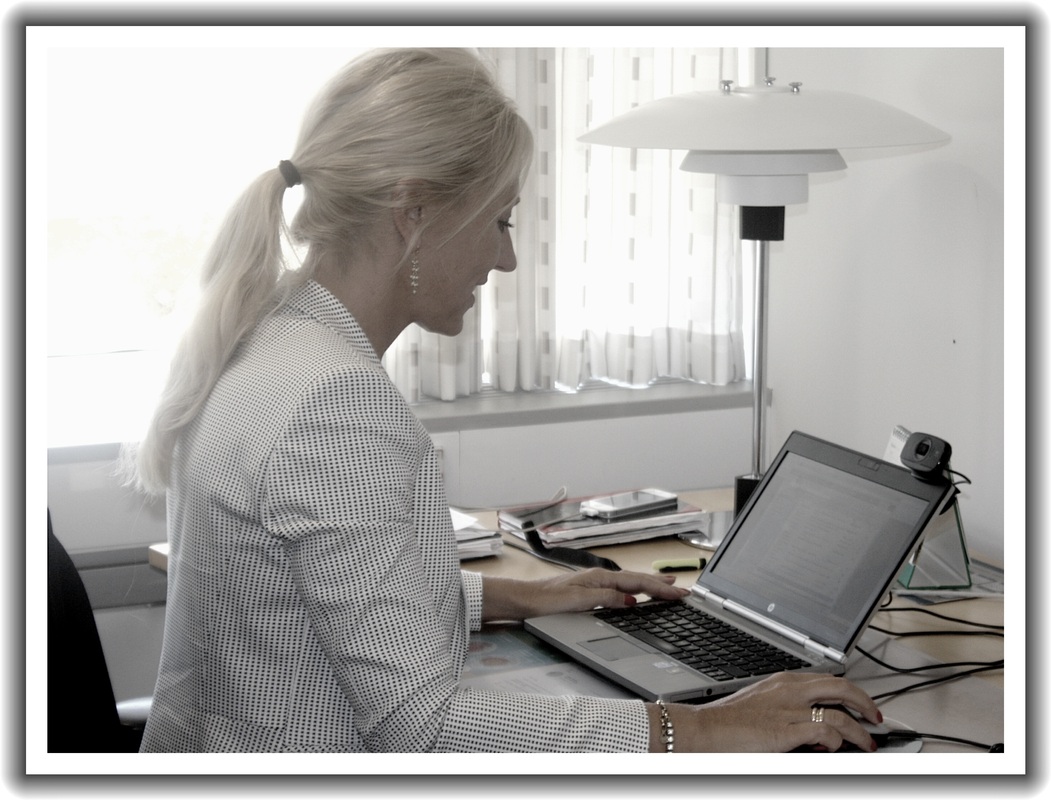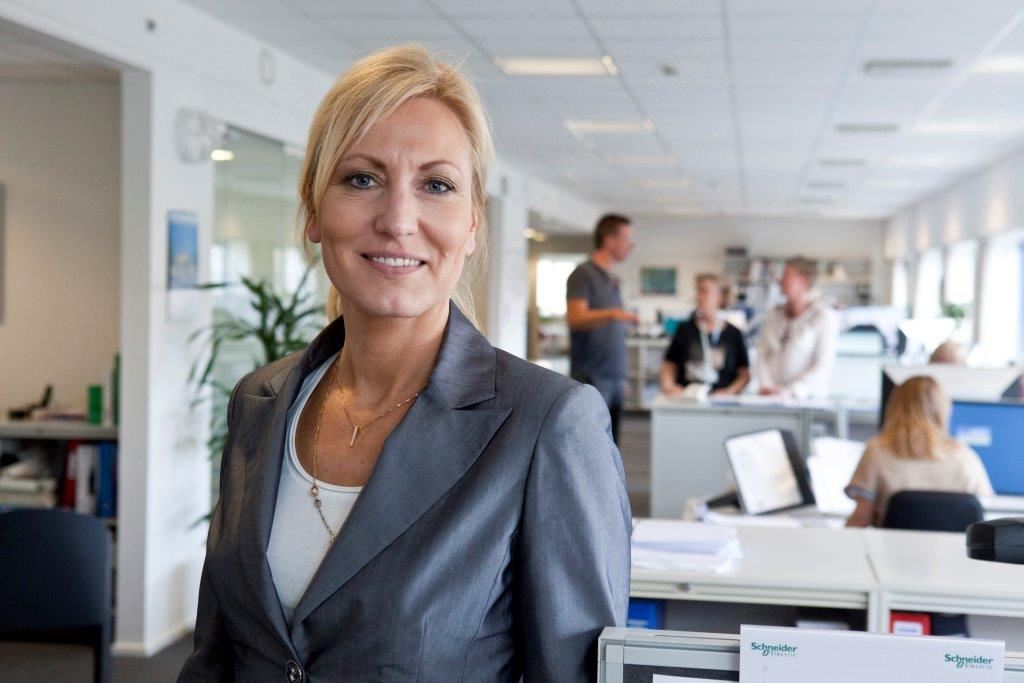By Tina Post Aagaard
Today, as EMEA GSC HR Director, she is part of an European Management Team. 5 out of 7 in this Management Team are from France, she is leading a team of 17 HR Business Partners located in 17 different countries, and working closely with 23 site directors located in the same 17 European countries.
The last two and a half years Sonja Admiraal Bentzen has therefore been a frequent visitor at the Copenhagen Airport, heading for many different destinations every month, but even though she is a frequent traveler, most of her meetings with direct reports and stakeholders are now virtual, and her laptop and headset has been her most visited “meeting room” since she took on the role as EMEA GSC HR Director.
THE COMPLEXITY OF GLOBAL TRANSFORMATIONS IN A VIRTUAL CLIMATE
“It is a challenge to influence decision makers, and be present and available when things are happening in so many different places geographically at one time”, she explains. “Being able to walk down the hall, knocking on the door of a manager or an employee, tends - at least in the Nordic business culture - to be an informal and trustworthy way of influencing. However when you schedule a virtual meeting and share formal documents screen to screen, the human interaction tends to become more formal”, she elaborates.
“Stakeholder management, and more specific; social competent stakeholder management, is important in any change processes, but in my experience it´s even more vital in global transformations.”
“In global organisational transformations we are dealing with the differences in individual personalities and feelings of loss and gain, like in any other change process. Moreover we are dealing with a number of cultural differences based on differences in nationality, and in Schneider Electric we also have quite a lot of differences in maturity and readiness for change since our company is the result of a large number of continuous acquisitions. Since this is a continuous strategy there will always be some parts of our business that are closer to being part of the Scheider culture than others, and some will have a higher readiness for change than others. When we then include the challenges of virtual communication, the transformation roadmap and especially the stakeholder mapping gets quite complex.”
TOP 3 FACTORS IN SUCCESSFUL BUSINESS TRANSFORMATIONS
1) INCLUDE TOP MANAGEMENT IN ALL MAJOR CHANGES AND TRANSFORMATIONS
“Top management needs to be engaged, and actively taking part in the change or transformation process in order to make the change meaningful and sufficiently important for the rest of the organisation”, Sonja Admiraal Bentzen argues.
“If top management is not engaged, they are sending the message to the organisation that it is not that important and not a business priority, and the change might as well fade away”.
2) SPOT AND ENGAGE PEOPLE WHO ARE TRULY COMMITTED or maybe even passionate about the change you are about to implement.
These people could be called “change ambassadors”, and they might not be part of the top management team, nor be managers for that matter. The key qualities of these stakeholders are that they have a high drive and energy, and that they are able to influence others in a positive way, and make their own passion for change “infectious” in the organization.
“If you lack these truly passionate ambassadors”, Sonja Admiraal Bentzen explains, “reaching critical mass in your change process can be a really hard and long struggle. Having identified your ambassadors however, you will be able to include them in your transformation road map in a way that will enhance their influence and the value and speed they then bring to the implementation process."
“These passionate change ambassadors”, she deepens, “can be identified, informed and involved the same way you identify, inform and involve other talents in your organisation, and when you are implementing a global transformation where a lot of leadership has to be conducted virtual, these passionate ambassadors are critical to get in place at every geographic site”.
3) MAP AND ADDRESS ALL OTHER KEY STAKEHOLDERS, meaning be aware of groups or individuals who will affect or be affected by the change.
“Mapping however is not enough. It is vital to remember that all stakeholders are different, and they cannot be treated the same way.” Sonja Admiraal Bentzen emphasizes.
“You have to use your social skills, and make sure to consider in what way this change may be perceived as a threat to some while attractive to others, and to work on getting each and every stakeholder on-board in a way that matches their need of communication, support or encouragement.”
OPEN, HONEST AND DIRECT COMMUNICATION
“A large reorganisation was implemented right after I took on the role as EMEA GSC HR Director”, she says. “For the first time in quite a number of years I was not involved in the top management planning and decision process.”
“To be honest”, Sonja Admiraal Bentzen says, “I did not like that at all. It was a global change process, including a global organisational change, and I had just entered my new role, so it made absolute sense that I was not part of the top management decision, but still it was really difficult. At the same time this experience turned out really valuable”, she explains.
“Suddenly I experienced how it felt to be part of the organisation who was not involved or even not that well informed. I was given the opportunity to give my input, but I actually was not sure if I was heard at all.”
This experience reminded her once again how crucial targeted and clear communication is during organisational changes and transformation processes. "It will never be possible to involve or listen to an entire organisation, especially not in large global business transformations", she says, "but this episode reminded me how important it is at least to communicate what the actual role of each stakeholder group is e.g.; who will actually have influence, who will be consulted on specific matters, and who will “only” be informed.
Based on my own recent experience, my aim in future changes will be to communicate even more open, honest and direct, and be aware of the differences of involvement in different stakeholder groups, and even though I did not like the experience back then, I now value the insight it brought to me, and I hope that I have become a better, and a more social competent, change leader myself.”


 RSS Feed
RSS Feed